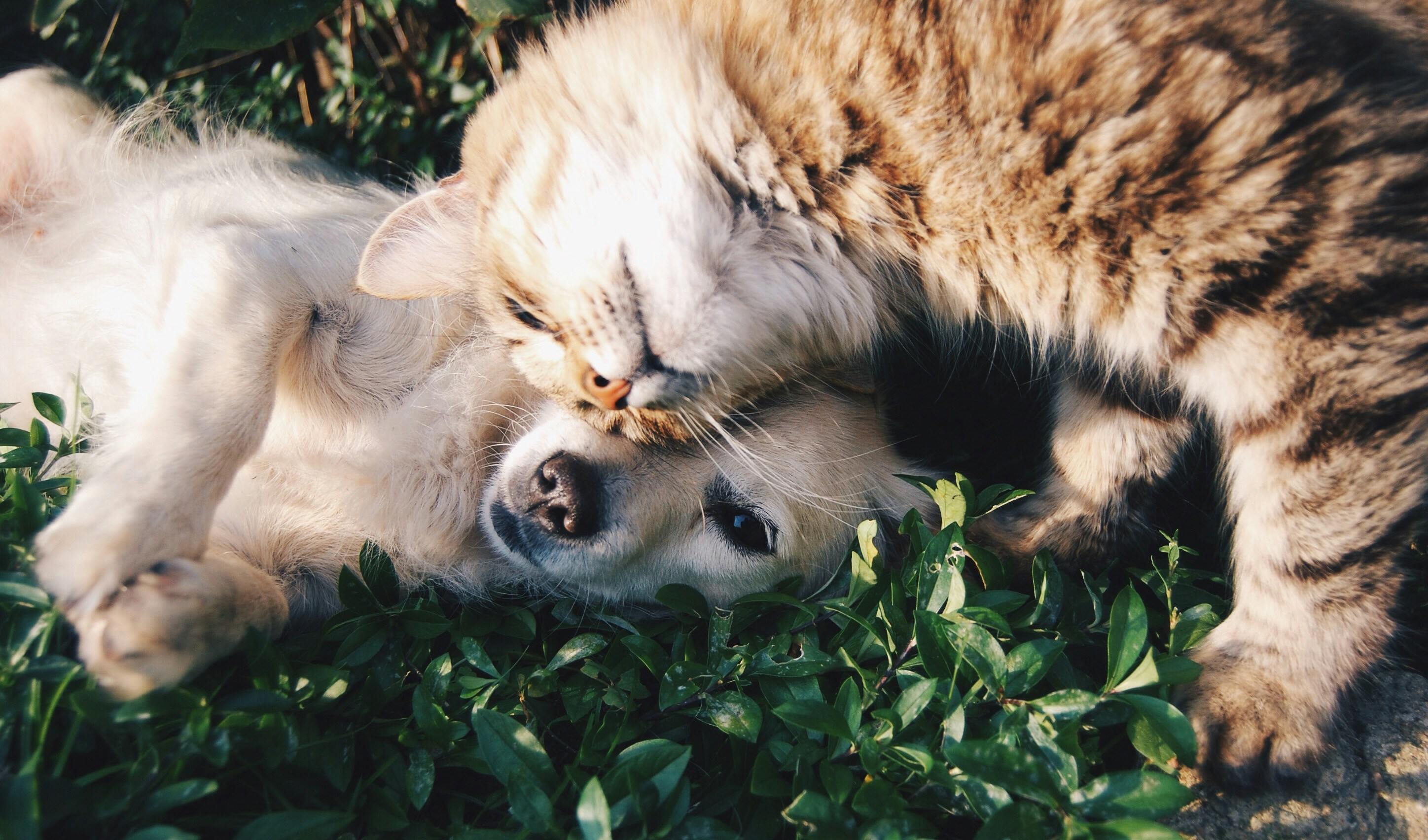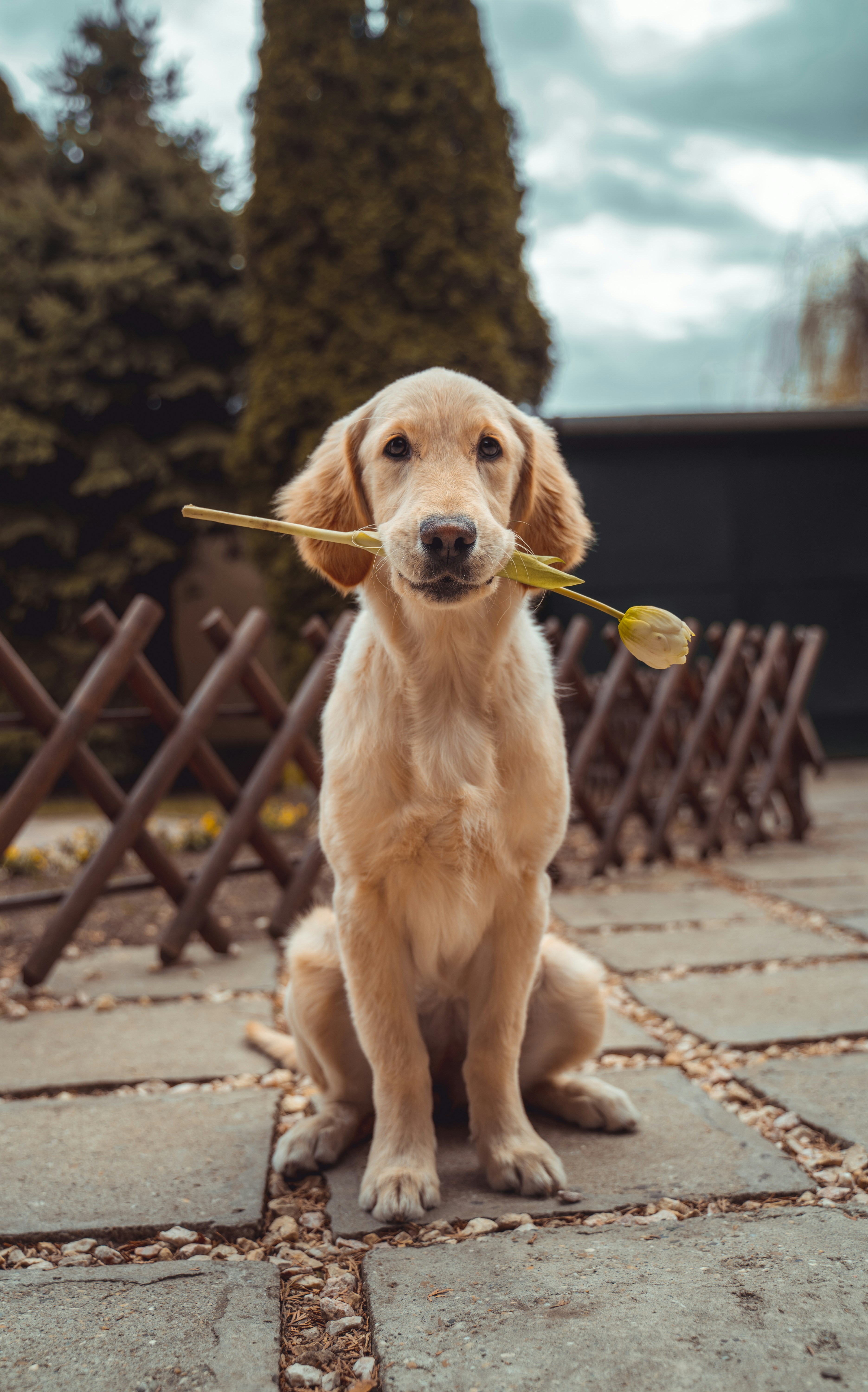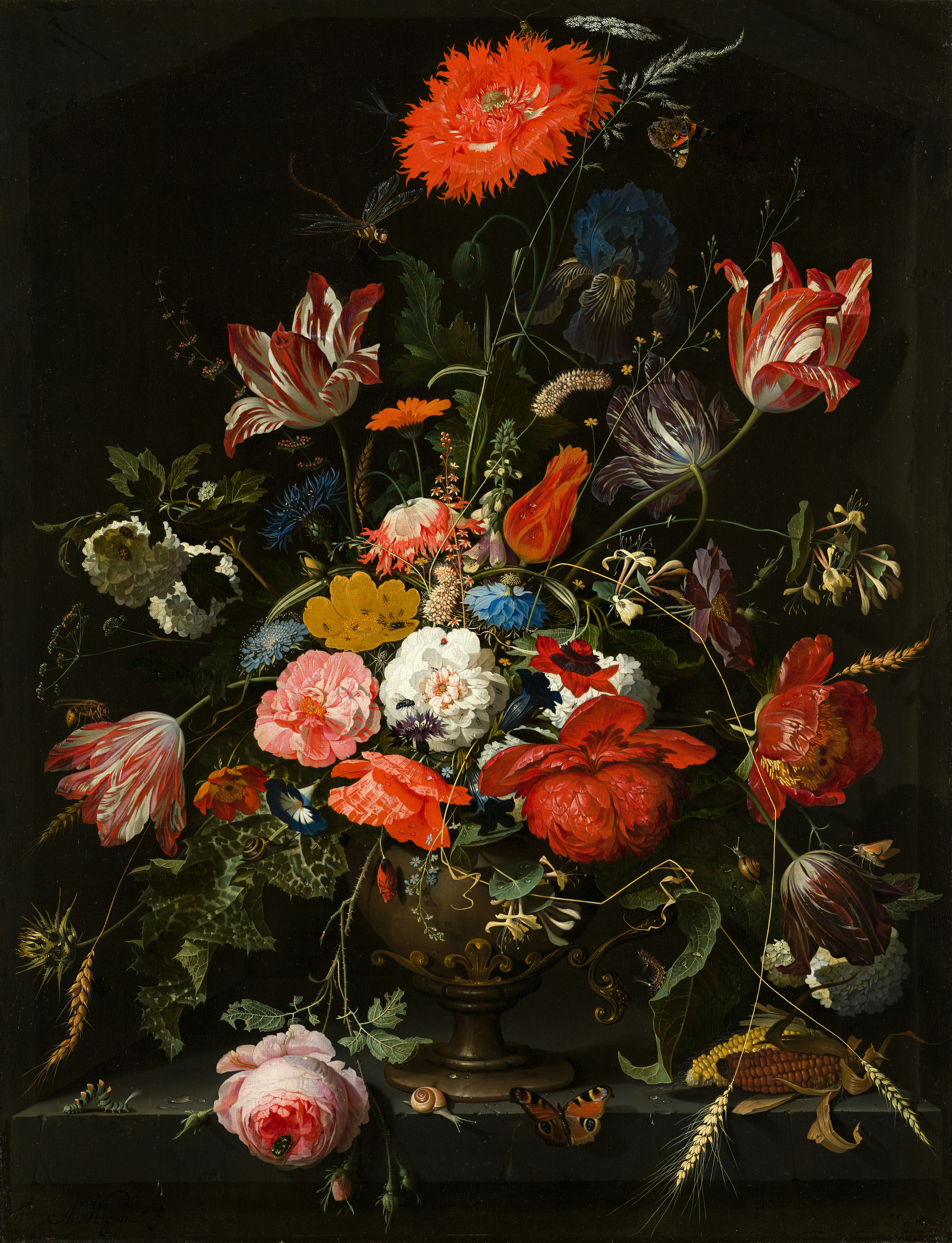Dog Grooming Art is all about making our furry friends look and feel their best. In this article, Jackson will take you on a journey into the world of dog grooming. From nail trims to luxurious baths, you’ll learn about different grooming techniques and why they are important for our beloved pets. With engaging writing and colorful images, this article will ignite your curiosity and make you fall in love with the fascinating art of dog grooming. So, get ready to explore the world of Dog Grooming Art and discover the secrets behind keeping our four-legged companions looking their finest.
Understanding Dog Grooming as an Art
Dog grooming is the practice of maintaining the hygiene and appearance of a dog through various grooming tasks such as bathing, brushing, hair trimming, and nail trimming. It is not merely a routine task, but rather an art form that requires skills, creativity, and a deep understanding of different dog breeds and their specific grooming needs.
Defining Dog Grooming
Dog grooming involves a wide range of tasks that aim to enhance the overall well-being and appearance of a dog. It includes bathing to keep the dog clean and smelling fresh, brushing to remove tangles and prevent matting, hair trimming to maintain the desired length and shape of the coat, and nail trimming to prevent overgrowth and discomfort. Grooming also involves cleaning the ears, brushing the teeth, and expressing the anal glands if necessary.
Linking Grooming to Art
Grooming can be considered an art because it requires creativity, precision, and skill to achieve desired grooming styles and to enhance the natural beauty of each individual dog. Just like a painter uses brushes and colors to create a masterpiece, a dog groomer uses different tools and techniques to transform a dog’s appearance. Groomers carefully study each dog’s coat texture, structure, and breed standards to create unique grooming styles that enhance the dog’s best features.
Impact of Artistic Grooming on Canine Well-being
Artistic grooming not only improves the physical appearance of a dog but also plays a significant role in enhancing their overall well-being. Regular grooming helps to maintain healthy skin and coat, preventing issues like matting, skin infections, and parasites. It also allows groomers to identify any health concerns early on, such as skin lumps or abnormalities. Furthermore, grooming sessions provide an opportunity for dogs to receive gentle touch and attention, which can reduce stress, anxiety, and strengthen the bond between dogs and their owners.
Different Styles of Dog Grooming Art
Grooming styles can vary widely depending on the breed, personal preferences, and cultural influences. Here are some popular grooming styles that have become a form of art:
Popular Grooming Styles
-
The Teddy Bear Cut: This style involves trimming the hair all over the body to a uniform length, giving the dog a cute and cuddly appearance resembling a teddy bear.
-
The Poodle Cut: Poodles are often seen with distinct cuts such as the “Lamb Cut,” where the fur is left fluffier on the body and legs, and the “Continental Cut,” where the fur is shaved close to the skin, leaving pom-poms on the legs and tail.
-
The Asian Fusion Cut: This style combines traditional Asian grooming techniques with modern creative elements, often including vibrant colors, creative patterns, and unique accessories.
Cultural Influence on Dog Grooming Styles
Dog grooming styles can also be influenced by cultural traditions and beliefs. For example, in some Asian cultures, dogs are groomed to resemble lions, as the lion is seen as a symbol of strength and protection. On the other hand, in Western countries, grooming styles often focus on enhancing the natural beauty of the dog and maintaining breed-specific standards.
Choosing the Right Style for your Dog
When choosing a grooming style for your dog, it is important to consider factors such as the breed, coat type, lifestyle, and personal preferences. Certain styles may require more maintenance and regular grooming sessions to keep the dog looking its best. Consulting with a professional groomer can help you determine the most suitable grooming style for your dog.
Tools and Techniques for Dog Grooming Art
To achieve different grooming styles and maintain the health of a dog’s coat, dog groomers utilize various tools and techniques. Here are some essential tools for artistic dog grooming:
Essential Dog Grooming Tools
-
Clippers and Trimmers: Clippers are used for cutting and shaping the dog’s hair, while trimmers are smaller tools used for precision work on delicate areas such as the face, paws, and ears.
-
Slicker Brush and Comb: These tools are used for brushing and detangling the dog’s fur, removing loose hair and preventing matting.
-
Scissors and Shears: These are used to trim and shape the coat, especially for artistic and breed-specific styles.
Techniques of Artistic Dog Grooming
Artistic dog grooming techniques involve various methods to achieve specific grooming styles. This includes hand-stripping, where the groomer manually removes dead hair and fur using their fingers, and creative coloring techniques using pet-safe dyes to add vibrant colors or patterns to the dog’s coat.
Safety Measures for Using Grooming Tools
It is crucial to prioritize safety when using grooming tools on dogs. Groomers should ensure tools are well-maintained, clean, and properly sanitized to prevent the risk of infections or injuries. It is also essential to handle tools with care, keeping them away from the dog’s eyes, ears, and sensitive areas. Patience, gentle handling, and positive reinforcement are key to creating a safe and stress-free grooming experience for the dog.
Step by Step Process of Dog Grooming Art
Achieving the desired grooming style involves a step-by-step process that begins with preparation and ends with post-grooming care. Here is a breakdown of the process:
Preparation for Grooming
-
Brushing and Detangling: Begin by thoroughly brushing the dog’s coat to remove any tangles or mats, ensuring a smooth grooming process.
-
Bathing: Give the dog a bath using a gentle, dog-specific shampoo, making sure to lather and rinse thoroughly. This helps to clean the coat, remove any dirt or debris, and prepare the fur for trimming.
Detailed Process of Artistic Grooming
-
Hair Trimming: Use clippers, trimmers, or scissors to shape and trim the dog’s fur according to the desired grooming style. This may involve cutting the hair to a specific length, creating patterns, or blending different coat textures.
-
Nail Trimming: Carefully trim the dog’s nails to maintain an appropriate length. Be cautious not to cut too close to the quick, which can cause bleeding and discomfort.
-
Cleaning the Ears: Use a dog-specific ear cleaner and gently wipe the ear flaps and outer ear to remove any wax or dirt. Be cautious not to insert anything into the ear canal.
Post-Grooming Care
-
Drying: Thoroughly dry the dog’s coat using a towel or a pet-safe dryer to avoid any dampness that may lead to skin issues.
-
Brushing and Styling: Once the coat is dry, brush and style the fur to achieve the desired appearance and ensure there are no tangles or matting.
-
Cleaning the Eyes and Ears: Use a damp cloth to clean any discharge around the eyes and use a dog-specific ear cleaner to gently wipe the ear flaps and outer ear.
Creating a Comfortable Grooming Environment
The grooming environment significantly impacts the dog’s experience during a grooming session. Here’s why a proper grooming space is essential:
Importance of a Proper Grooming Space
A calm and comfortable grooming space is crucial to minimize stress and anxiety for the dog. It should be well-lit, well-ventilated, and free from distractions or loud noises that may startle or frighten the dog.
Setting up the Grooming Area
- Use a grooming table or a non-slip surface to ensure the dog feels secure and comfortable during the grooming process.
- Have all necessary grooming tools, such as clippers, brushes, and towels, organized and easily accessible.
- Provide treats or toys for positive reinforcement and to create a positive association with the grooming area.
Maintaining the Comfort of the Dog During Grooming
Groomers should prioritize the comfort and well-being of the dog throughout the grooming session. This includes gentle handling, regular breaks for rest and reassurance, and using positive reinforcement to reward good behavior. It is essential to monitor the dog’s body language for signs of discomfort or stress, and adjust the grooming process accordingly.
Importance of Regular Dog Grooming
Regular dog grooming goes beyond enhancing their appearance; it offers numerous health and relationship benefits:
Health Benefits of Regular Grooming
- Prevents matting: Regular brushing helps to prevent matting, which can cause discomfort, skin irritations, and even skin infections.
- Reduces shedding: Brushing can help remove dead hair and reduce excessive shedding in certain breeds.
- Early detection of health issues: Regular grooming sessions provide an opportunity to identify any skin issues, lumps, or abnormalities early on, allowing for prompt veterinary attention if necessary.
- Maintains healthy skin and coat: Regular bathing and grooming help maintain a healthy skin and coat, preventing issues like dryness, flakiness, and excessive oiliness.
Strengthening Owner-Dog Relationship Through Grooming
Grooming sessions can be a bonding experience that strengthens the relationship between dogs and their owners. The act of grooming provides an opportunity for physical touch, communication, and positive reinforcement, creating trust and affection between the dog and the owner.
Maintaining the Aesthetic Appeal of the Dog
Regular grooming helps to maintain the aesthetic appeal and breed-specific standards of the dog. It ensures that the dog’s coat remains in good condition, is properly trimmed, and enhances its natural beauty.
Dealing with Dog’s Grooming Anxiety
Some dogs may experience anxiety and stress during grooming sessions. Here’s how to identify and minimize grooming-related anxiety:
Recognizing Signs of Anxiety
- Panting and drooling excessively
- Trembling or shaking
- Trying to escape or hide
- Vocalizing or whining
- Aggression or growling
- Excessive licking or chewing
Dealing with Anxiety during Grooming
- Create a calm and comfortable grooming environment.
- Use positive reinforcement techniques and rewards.
- Gradually introduce grooming tools and procedures to desensitize the dog.
- Take breaks and provide reassurance if the dog becomes anxious.
- Seek professional help if the anxiety persists or worsens.
Tips to Minimize Grooming-related Anxiety
- Start grooming at an early age to familiarize the dog with the process.
- Gradually introduce grooming tools, allowing the dog to sniff and investigate them.
- Use counter-conditioning techniques, such as associating positive experiences (treats, toys) with grooming activities.
- Keep grooming sessions short and positive, gradually increasing the duration as the dog becomes more comfortable.
- Avoid forceful restraint or punishment, as it can worsen anxiety.
Expert Grooming Tips from Professionals
Professional groomers provide valuable advice to improve your grooming skills and ensure a positive grooming experience for your dog:
Professional Advice for Home Grooming
- Invest in quality grooming tools and maintain them properly.
- Regularly brush your dog to prevent matting and tangles.
- Use gentle and positive reinforcement techniques during grooming sessions.
- Gradually introduce grooming tasks to make the process less overwhelming for your dog.
- Seek professional help or grooming courses to enhance your skills if needed.
Methods to Improve Your Grooming Skills
- Attend grooming workshops or seminars to learn new techniques and stay updated with industry trends.
- Practice grooming on a variety of dog breeds to expand your experience and confidence.
- Seek mentorship or guidance from experienced groomers to improve your skills.
- Continuously educate yourself about dog breeds, coat types, and grooming-specific issues.
When to Seek Professional Help
While regular grooming can be done at home, some situations may require professional assistance:
- Dogs with complex or challenging coat types that require specific expertise.
- Dogs with behavioral issues or severe grooming anxiety.
- Grooming tasks that are best performed by trained professionals, such as hand-stripping or certain breed-specific trims.
Training to Become a Dog Grooming Artist
If you have a passion for dog grooming and want to pursue it as a career, here is what you need to know:
Potential Career in Dog Grooming
Dog grooming offers a fulfilling career that allows you to work with dogs, showcase your creativity, and make a positive impact on their well-being. Grooming salons, pet spas, and mobile grooming businesses are some of the potential career paths.
Required Skills and Training
To become a professional dog groomer, you should possess the following skills:
- Knowledge of different dog breeds, coat types, and grooming techniques.
- Strong communication and customer service skills.
- Patience, compassion, and an understanding of animal behavior.
- Ability to handle dogs of all sizes and temperaments.
Training programs and courses are available to develop these skills and gain hands-on experience in dog grooming. Look for reputable institutions that offer comprehensive curriculum and practical training.
Finding the Right Dog Grooming Course
When choosing a dog grooming course or training program, consider the following:
- Accreditation and reputation of the institution.
- Curriculum that covers essential grooming techniques and safety measures.
- Practical training opportunities to work with different dog breeds.
- Mentorship programs or internships to gain real-world experience.
Research and compare different options, read reviews, and reach out to professionals already in the field to gather more information before making a decision.
Case Studies of Renowned Dog Grooming Artists
The field of dog grooming is home to many talented and renowned artists who have made significant contributions to the industry. Here are some case studies highlighting their work:
Famous Dog Grooming Artists and their Work
- Mei Mei, a Japanese groomer known for her creative and intricate designs on small dog breeds, using vibrant colors and unique styling techniques.
- Jorge Bendersky, an Argentinian groomer based in the United States, known for his expertise in breed-specific trims and creative flair.
- Angela Kumpe, an American groomer recognized for her exceptional skills in sculpting and creating intricate patterns on larger dog breeds.
Inspiring Stories from the Field
- Mei Mei was born with a passion for art and dogs. She combined her two loves to become a renowned dog grooming artist, creating unique and beautiful designs that brought joy to both dogs and their owners.
- Jorge Bendersky started his career as a dog groomer in Argentina and later moved to the United States. Through hard work and dedication, he became one of the most sought-after groomers, transforming dogs into works of art.
- Angela Kumpe overcame adversity and challenging circumstances to become an influential figure in the dog grooming industry. Her creativity and dedication to her craft have inspired many aspiring groomers around the world.
How These Case Studies Improve the Dog Grooming Field
The success stories of these renowned dog grooming artists serve as inspiration for aspiring groomers. They showcase the endless possibilities in the field and encourage creativity and innovation. By pushing the boundaries of traditional grooming, these artists have sparked new trends and approaches, elevating the art of dog grooming to new heights.
In conclusion, dog grooming is not just a routine task but an art form that requires skill, creativity, and a deep understanding of different dog breeds. It offers numerous benefits for both dogs and their owners, from maintaining their health and hygiene to strengthening the bond between them. With the right tools, techniques, and training, anyone can become a skilled dog grooming artist and contribute to this vibrant industry. So, why not unleash your creativity and embark on a journey to become a dog grooming artist like the renowned professionals who have left their mark on this fascinating field?











